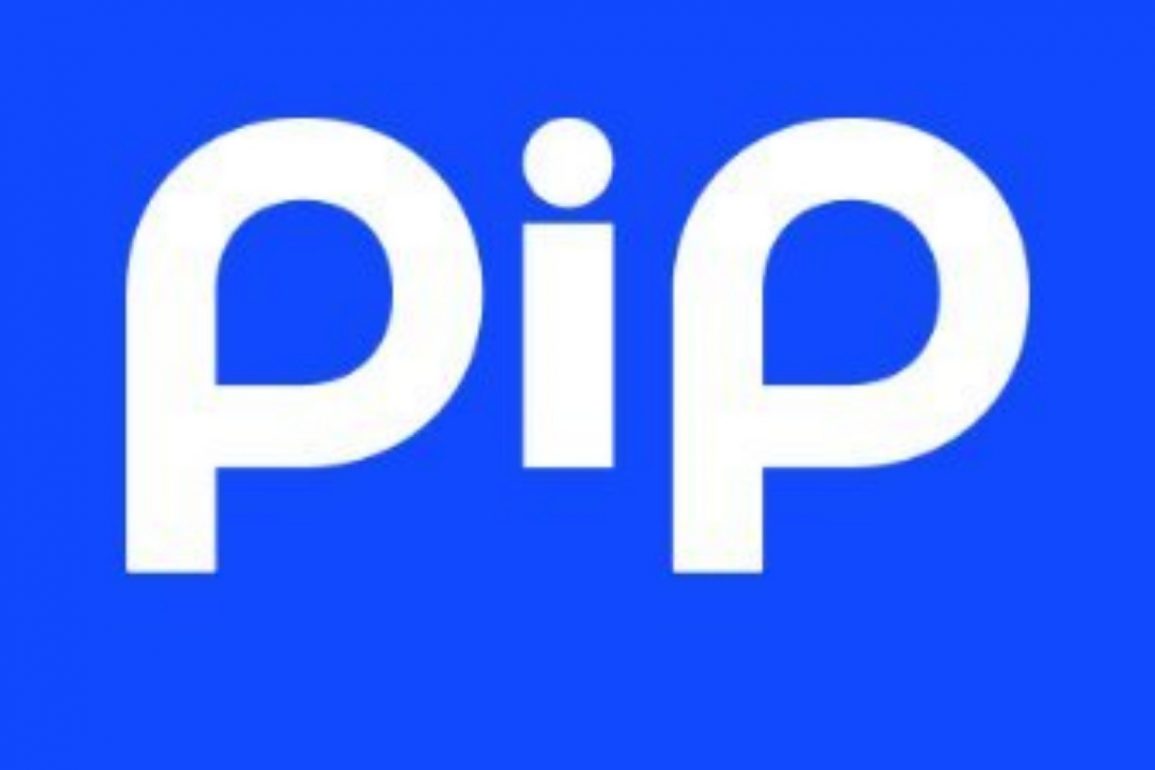- Summary:
- Web3 payments solutions provider, PIP, has rolled out a new feature, PIP Button. We tell you how it works and the changes it brings.
PIP, a startup that intends to simplify Web3 payments, has announced that it will introduce the PIP Button. The button be a no-coding payment button. The button helps everyone integrate blockchain payment systems and monetize content frictionlessly. It is a non-invasive payment solution that enables millions of users to pay for creative content that they love much faster and more affordably. It does this by integrating major blockchain systems. Creators and service owners can integrate the PIP button into their website. Alternatively, they can use a third-party platform where they share creations – and unlock an extra revenue stream.
What the PIP Button bring?
The PIP button is an open system removing the need for signups and accounts, creating a frictionless solution. Moreover, recipients can customize the button to their taste, ensuring it goes well with their branding, overlays, or stands more to draw attention to it. Pip offers a fully integrated suite of payment products with a strong focus on social payments. More importantly, users can claim a unique PIP tag they can use across all websites and platforms. Also, they can share it via social media platforms.
Compared to legacy payment systems that demand complex knowledge and coding experience to attach, this simple button made with just a few clicks will provide the gateway to the innovative payment infrastructure without any obstacles. The button is, in essence, a way for content consumers to tip their [favorite] content creators through blockchain technology.
The button works on any platform based on HTML, React, Javascript, and third-party services like WordPress, Wix, Squarespace, etc. Setting up the PIP button, which supports Solana tokens and transactions, requires setting up a wallet through Phantom Wallet or Slope Wallet. The team will roll out support for additional major blockchains over the coming months.


